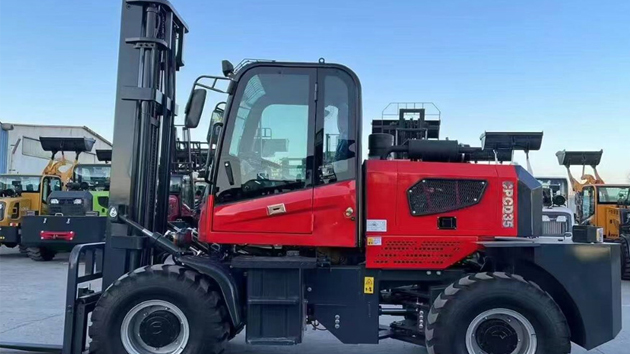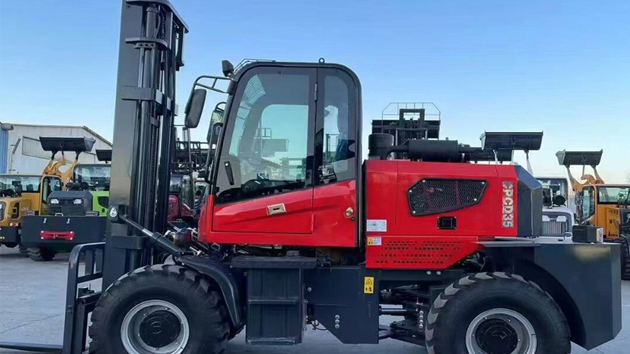The Future of Heavy Lifting: Rough Terrain Forklifts Revolutionizing Container Loading
2025-07-03 05:25:25
The logistics and construction industries are witnessing a transformative shift with the increasing adoption of Rough Terrain Forklifts for container loading. Designed to operate on uneven, muddy, or rocky surfaces, these robust machines are redefining efficiency in ports, warehouses, and remote job sites. Unlike traditional forklifts, rough terrain forklifts feature reinforced tires, powerful engines, and enhanced stability systems, making them ideal for handling heavy containers in harsh conditions.
Recent industry data highlights a 12% annual growth in the rough terrain forklift market, driven by rising demand in emerging economies and large-scale infrastructure projects. Companies like Caterpillar and JCB have introduced next-generation models with improved load capacities (up to 15,000 lbs) and advanced telematics for real-time monitoring. These innovations are particularly valuable for container loading operations, where precision and durability are critical.
One standout application of rough terrain forklifts is in temporary storage yards, where uneven ground often complicates container handling. Operators report a 30% reduction in loading times when using these machines compared to standard forklifts. Additionally, their ability to navigate soft soil and steep inclines minimizes downtime during adverse weather—a common challenge in outdoor logistics hubs.
Looking ahead, manufacturers are integrating AI-driven automation into rough terrain forklifts for container loading. Pilot programs in Europe and Asia are testing self-navigating forklifts equipped with LiDAR and machine vision, promising even greater efficiency. As supply chains evolve, rough terrain forklifts will remain a cornerstone of heavy-load logistics, ensuring seamless operations regardless of terrain challenges.
In conclusion, the rise of rough terrain forklifts for container loading underscores their vital role in modern logistics. With continuous advancements in power, agility, and smart technology, these machines are set to dominate the industry, offering unmatched performance where conventional equipment falls short.













